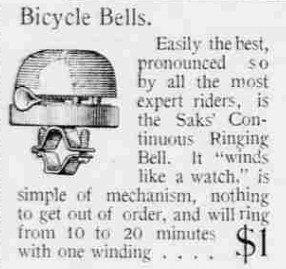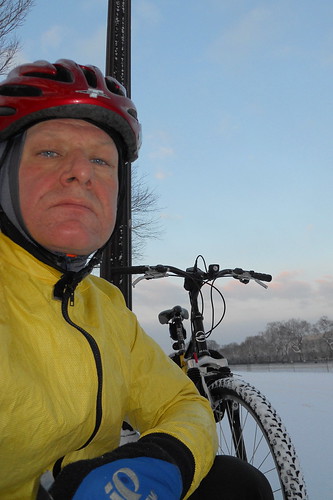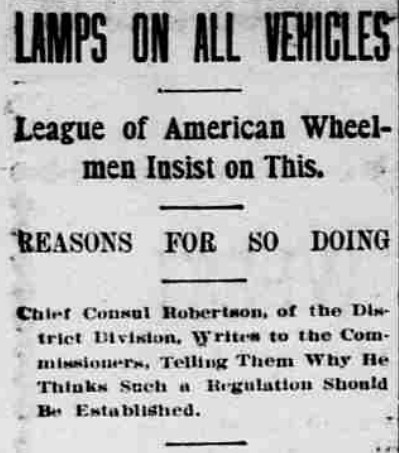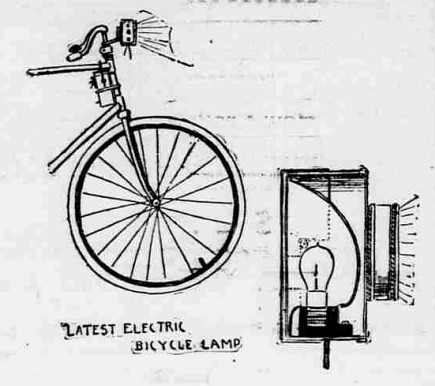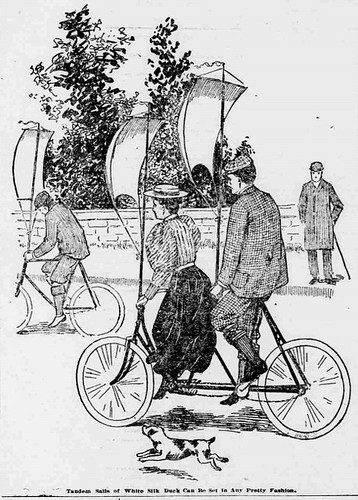I am a little late with this - the New York Times Sunday magazine this past weekend had an
article describing three innovations to contribute to better commuting for bicycles. They are:
* Anti-theft handlebars
* No more greasy chain
* One-piece plastic and carbon fiber frames
These ideas came from someone at
Seven Cycles, as the most compelling aspects of "his dream commuter bike."
I guess I'm a little disappointed - these certainly aren't the top three features that I would want for a commuter-style bike. (Which I have to come up with imaging what I would want if I wanted such a bike, which I don't. But still.) Of course, Seven Cycles is a custom bicycle builder mostly known for its frames made of titanium, so asking someone at Seven about commuting bikes is a bit like asking someone at Ferrari about econobox car features . . .
So, let's look at these a little bit.
Anti-theft handlebars - the theory is that locking handlebars that make it impossible to ride (other than in the direction the handlebars are pointed) make the bicycle undesirable to steal - it's a theory, yes. But I think in most places it isn't very realistic. I think generally it makes more sense to carry your bike locking system with you and vary it according the circumstances.
No more greasy chain - the suggested replacement would be a shaft-drive system, presumably connected to a internal hub shifting system (rather than derailer). This is not a very new notion - there were shaft-drive bikes
and actually, even before that.
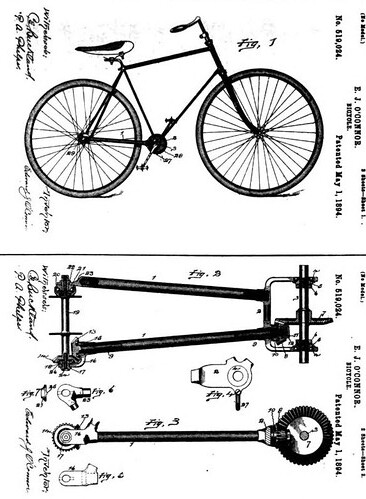 The shaft drive, patented in 1894 - not a very new idea
The shaft drive, patented in 1894 - not a very new idea
Apparently (according to Mr. Seven) shaft drive bikes are getting to be more popular in China nowadays - this could be true, but that hardly means it is likely it will catch on widely here.
One-piece plastic and carbon fiber frames - this is presumably a mistake and what was meant was simply "one-piece plastic frames" (since the discussion says nothing about carbon fiber). Wikipedia has an
article about the history of plastic bicycles - there doesn't seem to be much going on in this area currently (that is described in the article, at any rate).
I can sort of get the idea of a plastic bicycle for riding short distances in a city, but not for more than that, but then I'm assuming that a truly plastic bicycle frame would have a noticeable amount of flex to it that seems fairly undesirable.
I think the biggest change I am seeing and will be seeing in commuter bikes is the increase in electric powered bikes. Another bike change, although not really answering the same question, is that I see people around here are using Capital Bikeshare as part of a regular commuting pattern.
